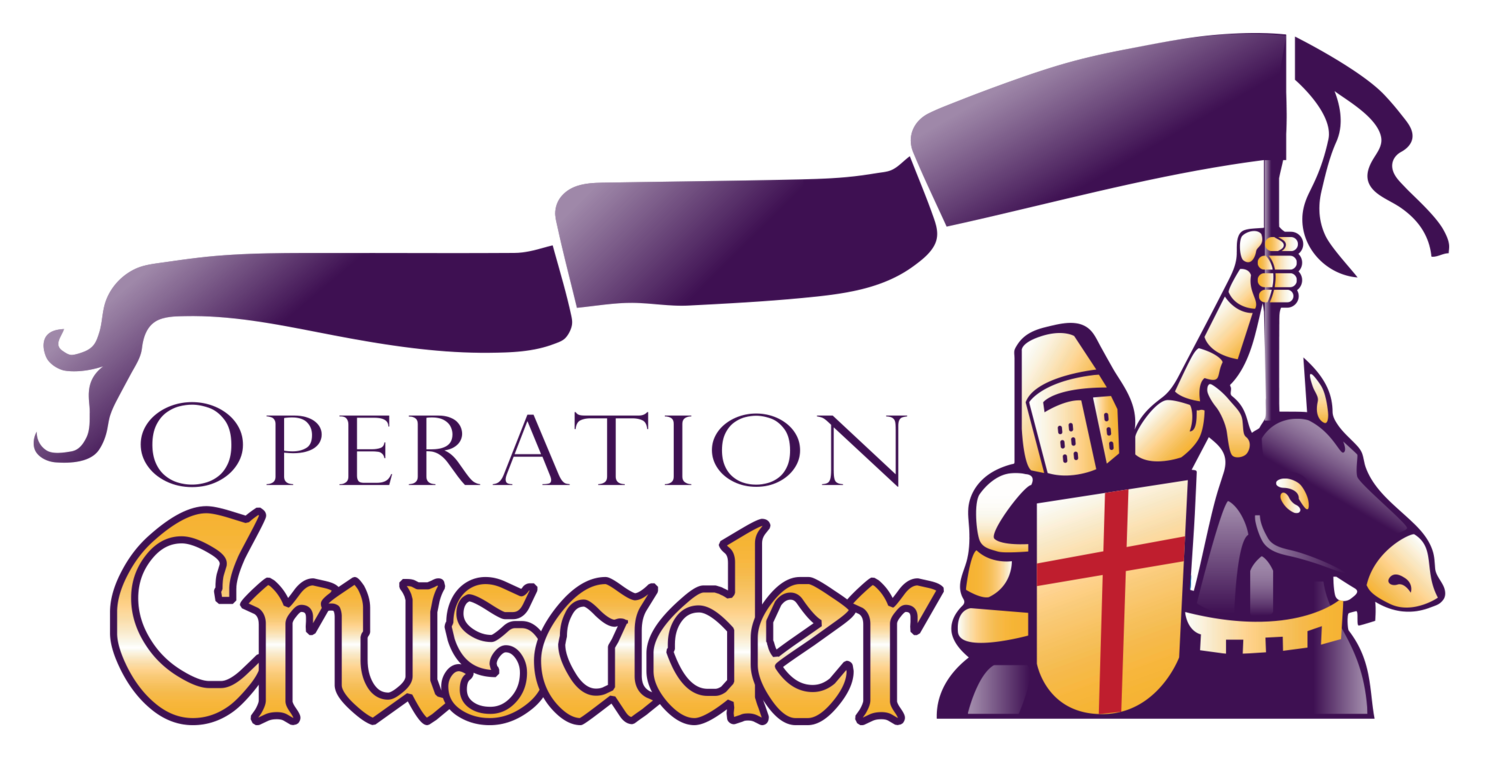Creating a Communication Plan
Creating a Communication Plan
Communication is a vital aspect of any successful project or initiative. A well-thought-out communication plan helps ensure that all stakeholders are informed, engaged, and aligned throughout the process. Whether you are leading a business project, organizing an event, or implementing a new strategy, having a communication plan in place is essential.
Define Your Objectives and Audience
The first step in creating a communication plan is to define your objectives. What do you want to achieve through your communication efforts? Whether it's to increase awareness, drive participation, or manage expectations, clearly outlining your objectives will guide the rest of your plan.
Next, identify your audience. Who needs to receive your messages? Consider the different stakeholders involved in your project or initiative and tailor your communication strategies to address their specific needs and interests.
Choose the Right Channels
Once you have identified your objectives and audience, it's important to determine the most effective communication channels to reach them. Whether it's through email updates, social media posts, team meetings, or newsletters, selecting the right mix of channels will ensure that your messages are received and understood.
Each channel has its strengths and limitations, so consider factors such as reach, frequency, interactivity, and cost when deciding on your communication channels.
Develop Key Messages and Content
Crafting clear, concise, and consistent key messages is essential to conveying your information effectively. Develop messaging that resonates with your audience and aligns with your objectives. Consider the tone, language, and style that will best engage your stakeholders.
In addition to key messages, create compelling content that supports your communication goals. Whether it's through written articles, visuals, videos, or presentations, engaging content can help capture attention and reinforce your messaging.
Establish a Timeline and Responsibilities
To ensure that your communication efforts are timely and coordinated, establish a detailed timeline outlining when key messages will be delivered through each channel. Assign responsibilities to team members or stakeholders to oversee the execution of the communication plan and monitor progress.
Regularly review and update your timeline to accommodate any changes or new developments that may impact your communication strategy.
Measure and Evaluate
Finally, it's important to measure the effectiveness of your communication plan. Monitor key performance indicators such as audience engagement, message reach, and feedback to evaluate the impact of your efforts. Use this data to make adjustments and improvements to your communication plan as needed.
By following these steps and maintaining a proactive approach to communication, you can create a robust communication plan that ensures your messages are heard, understood, and acted upon by your stakeholders.
